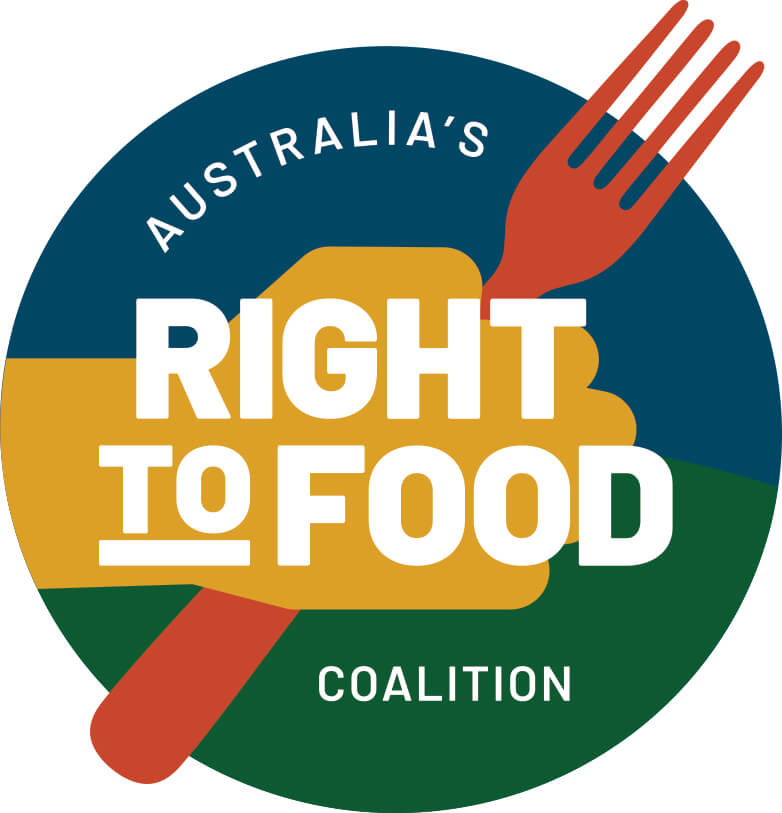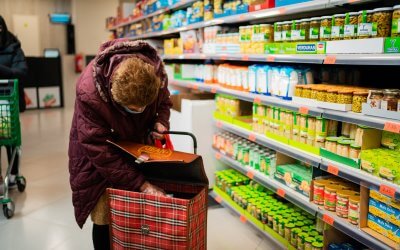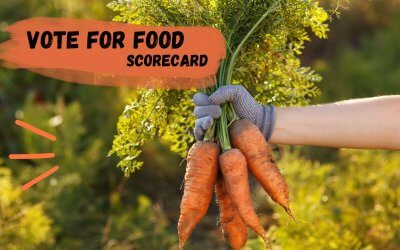After much organisational advocacy for changes to working-age income support payments, the Australian federal government announced their Social Services Legislation Amendment (Strengthening Income Support) Bill 2021 in March 2021. This is the first time in over 25 years that a permanent increase to the JobSeeker income support payments has been implemented. However, the proposed $50 fortnightly increase was met with great disappointment by many individuals, charities and organisations, including Australia’s Right to Food Coalition (the RTF Coalition). What do these changes to JobSeeker mean, and how will this impact those experiencing food insecurity in Australia?
Changes to the JobSeeker rate
The Australian social security system provides a social safety net for those requiring financial assistance to help with the costs of daily living. These working-age income support payments include JobSeeker, Youth Allowance and Parenting Payments. In Australia, the poverty line (defined as 50% of median household income ) is $457 per week. This is the amount of income that a single person needs to meet their basic needs.
As part of their economic safety net measures in response to the COVID-19 pandemic, the Australian government issued stimulus income support packages. JobSeeker recipients received the Coronavirus Supplement in addition to their regular income support payments of $560 a fortnight. The Supplement was initially introduced at $550 a fortnight, reduced to $250 a fortnight in September 2020 and further decreased to $150 from 1 January 2021. The Supplement payments ceased on 31 March 2021.
The new $50 per fortnight JobSeeker payment increase effective from April coincides with the cessation of the Coronavirus Supplement. Single people with no children will receive $620.80 per fortnight; single parents with children will receive $667.50. This equates to $44 per day and still leaves people well below the poverty line of $457 per week.
The link between poverty and food insecurity
While many factors contribute to food insecurity, the link between poverty and food insecurity is well-documented in Australia. More than three million people in Australia (13.6% of the population) live below the poverty line and are vulnerable to food insecurity. While the exact numbers are unknown, it is estimated that between 4% – 13% of the general population are food insecure; with reports suggesting the numbers are likely to be much greater.
In 2019, the FoodBank Report estimated that more than one in five Australians have been in a situation where they have run out of food and cannot buy more. Food insecurity and poor diets contribute to multiple short and long term health effects and negatively impact children’s education.
Devastation over the new JobSeeker rate
Over 500 charities, individuals and organisations sent submissions into the Senate Inquiry into Jobseeker in March, fearing that people would not cope on just $44 a day. Many people reported that the cuts to JobSeeker payments would leave them unable to afford food, medication or rent.
One man highlighted how he struggled to afford food and had to ration what he ate.
“There have been days when all I have to eat is a boiled potato and a sliced tomato. Once a fortnight I treat myself to two oranges and two grapefruits. I usually ration them, only eating half a fruit at a time. A half an orange is like a revelation to me sometimes, something to be cherished.”
In another submission, a young mother of two children stated:
“It’s a real struggle trying to survive on a rate of Jobseeker that is so far below the poverty line. The constant stress of keeping a roof over my family’s head, struggling with water and electricity bills, and lying to my kids about whether I had eaten that day”.
A 61-year-old man with mental and physical health issues remarked that he has a maximum of two meals a day and sometimes only one to ensure that he paid his rent and utility bills. He also is unable to afford medications and specialist medical appointments due to a lack of finances.
Income support payments help relieve food insecurity
While food insecurity existed in Australia before COVID-19, the pandemic has positioned food insecurity at the forefront of attention. The pandemic has exposed pre-existing gaps in Australia’s income support payments and has demonstrated their impact on poverty and food insecurity.
Surveys conducted by ACOSS and Food Bank showed that the Coronavirus supplement had substantially improved people’s lives and alleviated food insecurity levels. An ACOSS survey reported that greater than 80% of respondents could eat more regularly, and 93% could afford fruit and vegetables when receiving the full Coronavirus Supplement. In a subsequent survey, 80% of respondents reported that they would have to skip meals and reduce their daily fruit and vegetable consumption once the Supplement was reduced.
Studies conducted by The Centre for Social Research and Methods reported the positive impacts of the increased social security support on reducing poverty levels. One study estimates that the number of people in poverty declined from 3 million to 2.6 million people between 2019 and June 2020, when without government intervention, it would have increased to 5.8 million. In another recent study, economic modelling demonstrated that the Coronavirus Supplement reduced poverty rates for those on JobSeeker from 88% to 26%. Poverty rates are expected to return to pre-pandemic levels on cessation of the Supplement. Furthermore, the researchers show that even a 10% increase in overall social security spending would allow JobSeeker to increase to $996 per fortnight and reduce poverty rates from 88% to 34%.
To date, Australia’s primary response to food insecurity has been on the reliance on food relief charities. While food relief charities play a critical role in alleviating food insecurity, they cannot address the underlying issues and should not be relied upon to assume primary responsibility. The government’s temporary income support packages during the COVID-19 pandemic have demonstrated that increased income support payments are possible and can significantly reduce poverty and food insecurity. While an increase in the JobSeeker rate is welcomed, the current $50 a fortnight increase is insufficient to lift people out of poverty and reduce food insecurity.
The RTF Coalition will continue to advocate for improved public policy to ensure that every Australian has access to healthy and affordable food. It is incumbent upon us all — every person and every organisation — to continue these conversations around adequate income support in reducing food insecurity. We need to work together to achieve the right to food for all.
About the author
Lauren Resnik is part of the RTF Coalition communications team. She holds a Master of Science in Public Health Nutrition from the University of Chester, England and a Bachelor of Medicine and Surgery from the University of Witwatersrand, South Africa. She is passionate about health, nutrition and helping people live healthier lives.





